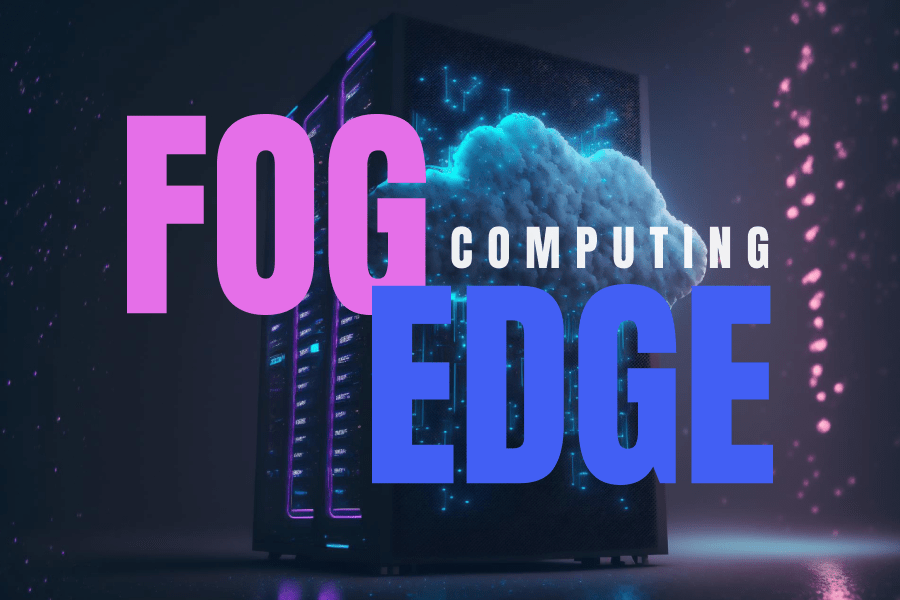AI-Powered Business Transformation
AI for your future. Automate, gain insights, transform.

The Internet of Things (IoT) has become an essential part of modern technology, with an increasing number of devices generating vast amounts of data. To process and analyze this data, two technologies have emerged – edge computing and fog computing. While both approaches aim to enhance IoT performance, this blog aims to explore their distinct differences.
Edge Computing: Edge computing involves processing data at the edge of the network, near the IoT devices themselves. This approach eliminates the need to transmit large amounts of data back to centralized servers, reducing latency and bandwidth requirements. By using edge computing, IoT devices can operate independently and intelligently, making real-time decisions and actions based on the data they collect.
Fog Computing: Fog computing is an extension of edge computing, which involves creating a distributed computing infrastructure. In fog computing, small data centers, or fog nodes, are deployed at various locations throughout the network. These fog nodes are responsible for processing and analyzing data collected by IoT devices, reducing latency and improving network efficiency.
While fog computing and edge computing share many similarities, there are some key differences between them:
Both edge and fog computing are technologies that aim to enhance IoT performance, but they have distinct differences. Edge computing operates on a single device or a group of devices and is suitable for applications that require real-time decision-making or operate in remote areas with limited connectivity. Fog computing, on the other hand, involves a distributed computing infrastructure and is better suited for applications that require more advanced analytics and more significant processing power. Fog computing is highly scalable, while edge computing is limited in its scalability. The choice between edge and fog computing depends on the specific needs of the application and the level of processing power, connectivity, and scalability required.
Are ideas for innovative projects buzzing in your mind? We can be the best development partner. Connect with us to start something great!
Need a tailored solution? Let us build it for you.
Connect Today